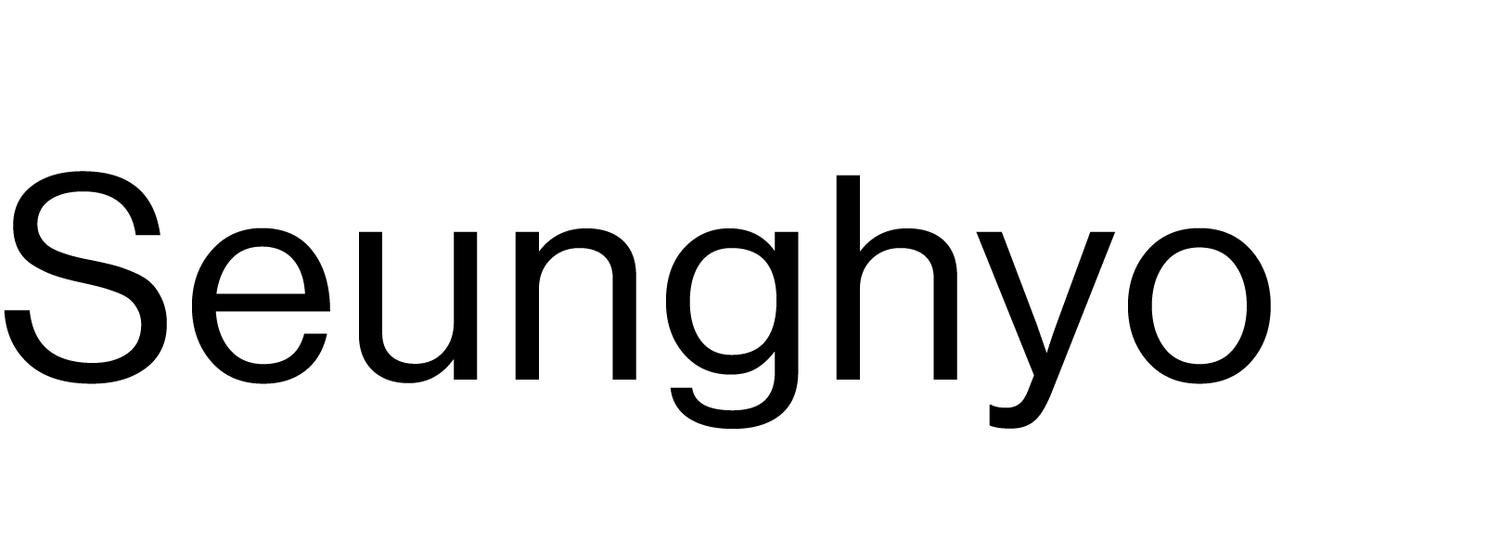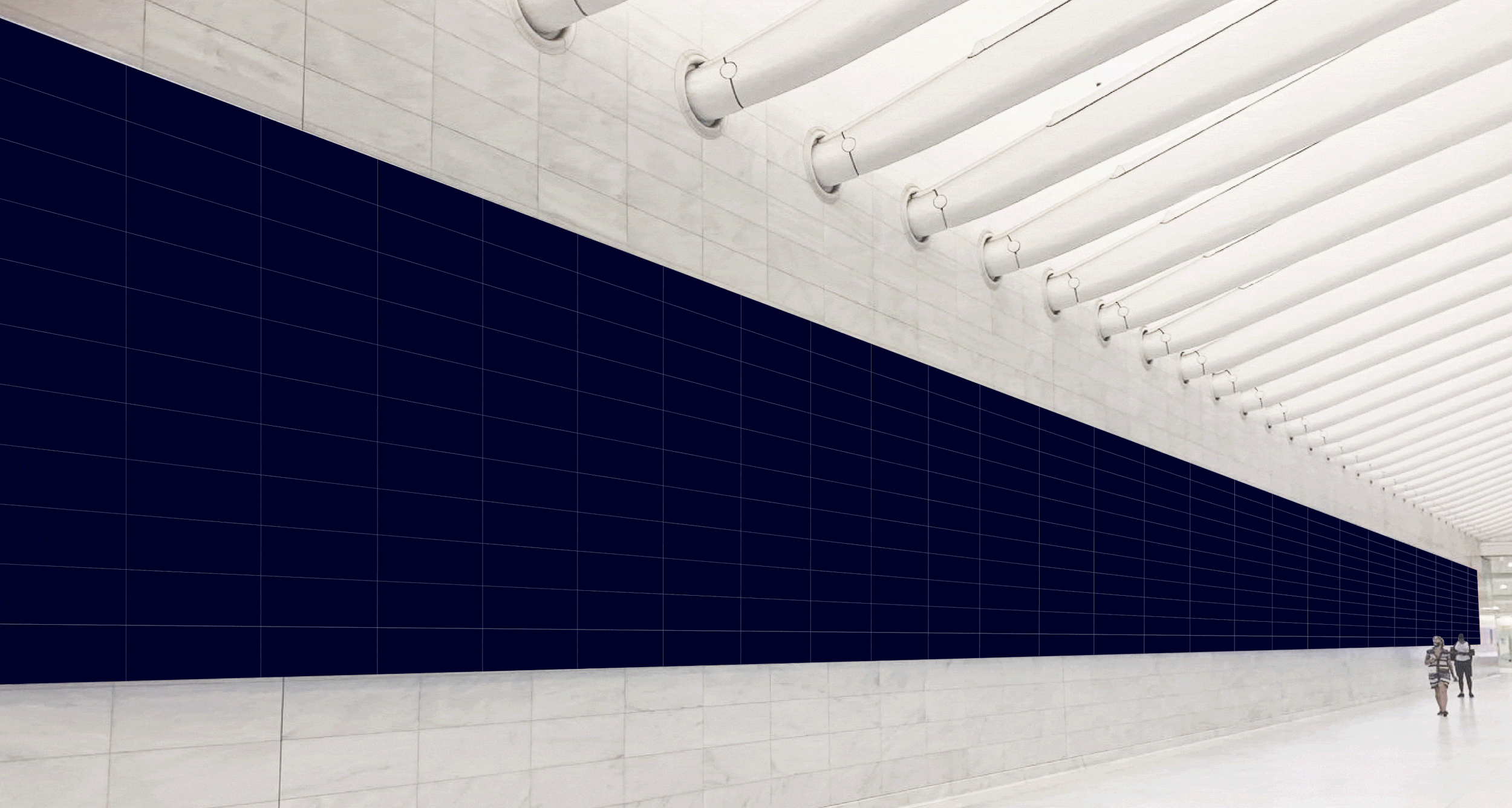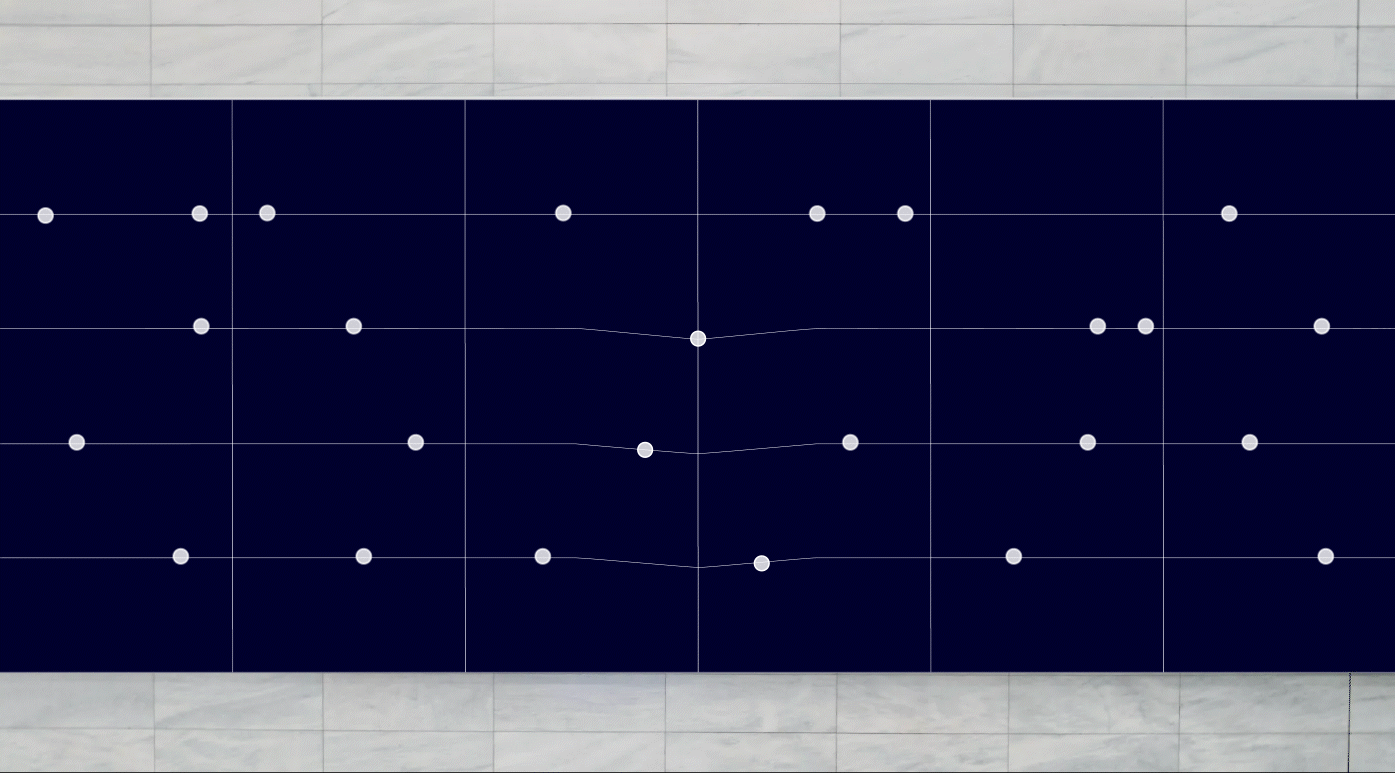Overview
Twenty-one years have passed since 9/11. Every year on September 11, a large number of visitors and mourners travel to New York to visit the World Trade Center, the site of the terrorist assault. Although many individuals cannot attend in person, many people across the United States and the rest of the world still pay tribute to the victims. People will feel materially and spiritually richer when they visit the memorial in memory of the victims and see other people's messages from around the world. Creating a digital interaction memorial area at the World Trade Center will serve as a place to console not only the grieving families but also everyone who came to remember it.
The challenge of this project was to combine a digital mourning space with a physical place where people can interact with messages and share their emotions through connection with others.
A 9/11 memorial campaign to Honor, Remember and Reunite.
Preview Mockup
Storyboard
How it Works
Send your message
You can text a message or use the hashtag #Neverforget911 on Instagram to post to the Oculus digital tribute wall. Messages will be displayed in chronological order.
Sequence of Appearance
Times and dates are used to segment the digital memorial wall. The screen is divided vertically into 11 portions, representing the 11-day period of this event, and horizontally into 24 sections according to the hours of the day. Each new message will show up on the screen when it is received. These messages will accumulate over time, like stars in the night sky.
Share the Remembrance
Adjacent to the main wall, there is an interactive screen that people can engage with. People can drag the screen to read each other’s messages and postings. Texts and images will appear as sticky note messages whenever they touch the screen. Through these interactions, people are able to read one another’s memories, well wishes, and sentiments regarding 9/11.
Reflection & Next Steps
It was my first time working to connect the physical and digital spaces. I went to Oculus and thought about how it ought to seem and be seen by users. People will undoubtedly develop empathy by engaging with others’ messages rather than simply glancing at them and moving on.
Key Takeaway
Next Steps
For the next steps, I'd like to think about a method for those who send messages from a distance to observe how those messages are presented. It would be good if there was a way for individuals who checked the message past Oculus to reply to the grieving family or those who sent the message and console them as well.













